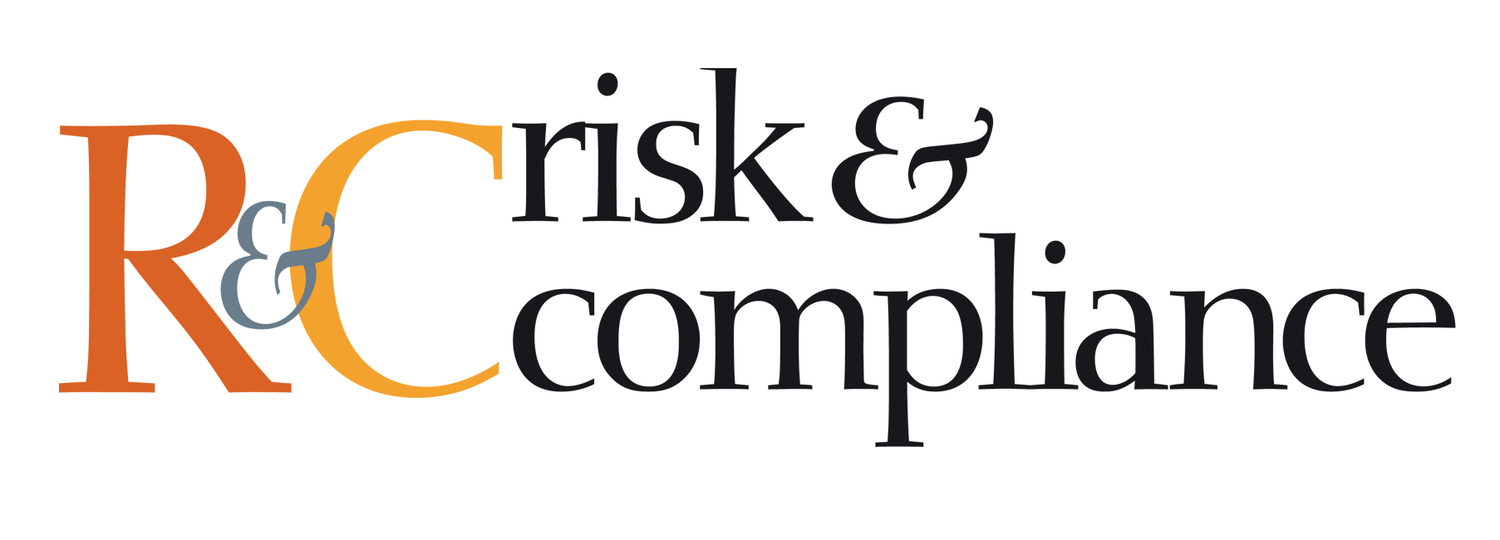THE IMPORTANCE OF CHOOSING THE RIGHT LITIGATION FUNDERS
A well-established feature of US and Australian litigation models, until recently, third-party litigation funding has comparatively lagged behind in the UK. Now viewed as a viable and important mechanism which allows both individuals and multi-party claims to access justice, litigation funding was once a criminal offence in England and Wales that contravened the common law principles of ‘maintenance and champerty’. Aimed at curtailing wealthy investors from wielding their influence in litigation for their own benefit, this restriction sought to protect the administration of justice. In reality, however, the impact had a devastating effect on individuals with legitimate claims who could not bring actions due to a lack of personal funds.
Incremental reforms allowed certain funding arrangements in insolvency cases, with further measures coming through under the Criminal Law Act 1967. However, the most meaningful contributions in establishing litigation funding as we now know it in England and Wales are relatively new. The appeal judgments from the early 2000s, most notably R (on the application of Factortame and others) v. Secretary of State for Transport, Environment and the Regions and Arkin v. Borchard Lines Ltd & Others, set the parameters within which litigation funding could operate without circumventing established law. The Jackson Reforms of 2010 gave a clear green-light to claims backed by third-party finance. Six years on, Lord Justice Tomlinson’s remarks in Excalibur Ventures v. Texas Keystone and others cemented the place of litigation funding in the English legal system as “an accepted and judicially sanctioned activity perceived to be in the public interest”.

